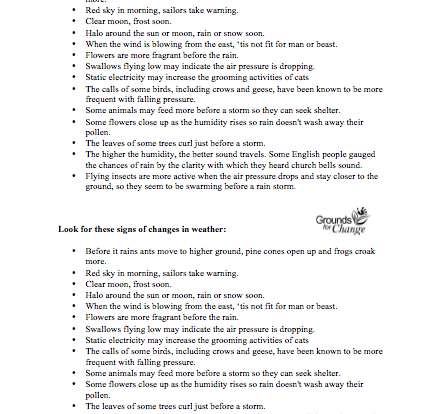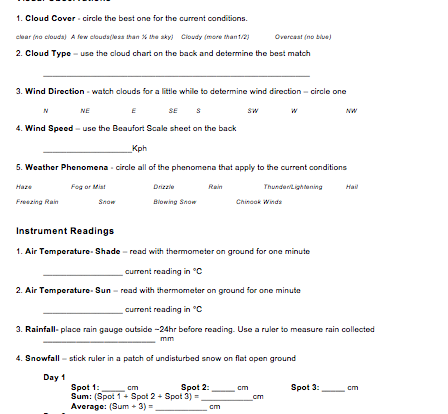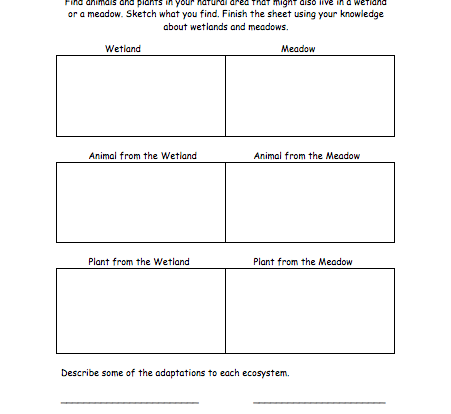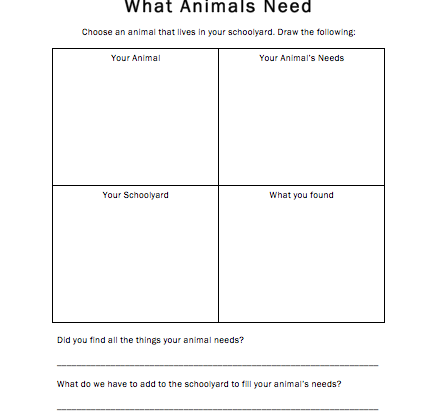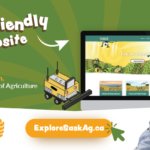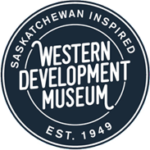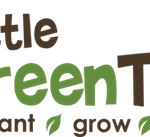-
Students will explore the schoolyard to find examples of water erosion and compare these examples to areas found with little/no erosion. Wrap up: Discuss students’ findings and why some areas are more prone to erosion than others.
-
Discuss methods to describe weather: pressure, wind speed/direction, temperature (sun/shade), humidity, rain/snowfall, cloud cover/type, visual observations, etc. Discuss past and present weather forecasting, and weather folklore. Record current weather conditions and observations that may help to predict tomorrow’s weather; have students write a prediction or proverb. Wrap-up: share observations and predictions.
-
Discuss methods to describe weather: pressure, wind speed/direction, temperature, humidity, rain/snowfall, clouds, visual observations, etc. Describe the methods you will be using as a class; outside students will make visual and instrumental observations on the worksheet. Wrap-up: share findings and discuss weather prediction methods. Extension: make predictions and repeat observations throughout the year.
-
Students test their knowledge by finding animals and plants in a natural area that might also live in a wetland or a meadow. Wrap up: discuss students’ answers and different adaptations that exist for each ecosystem.
-
Discuss differing animal needs and habitat. Each student chooses an animal that might live on the schoolyard. Students search for the needs of their specific animals (water, food, shelter). Draw and describe what they find. Wrap-up: is the schoolyard a good habitat for your animal? Where else would be a good home?


